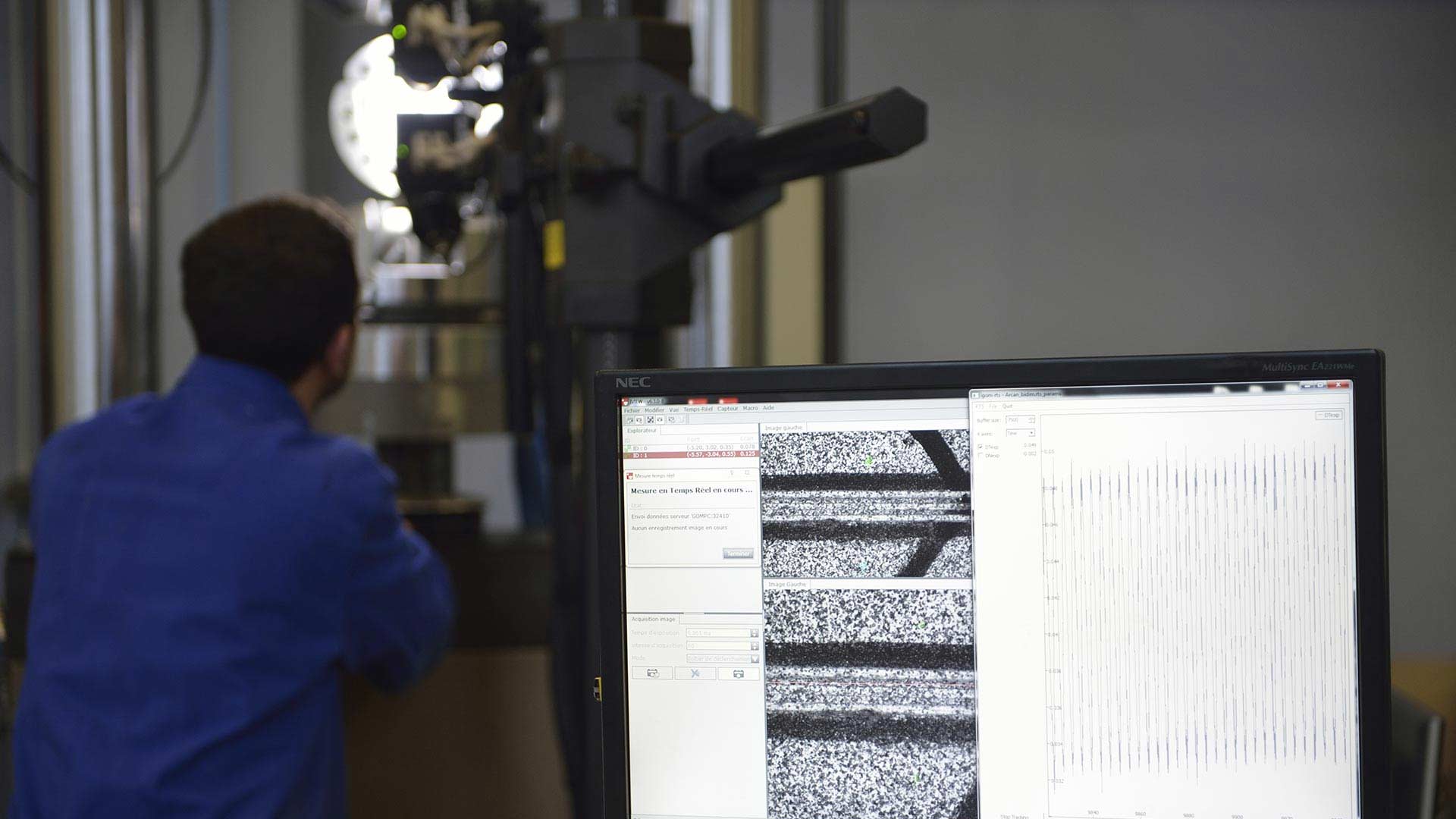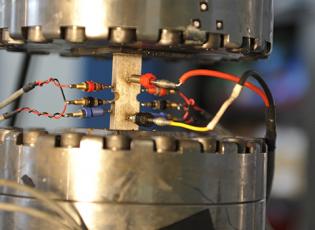
This applied research is conducted in 3 main subject areas: mechanical sciences, information & communication science & technology and humanities for engineers.

Mechanical sciences
UMR CNRS 6027 IRDL (Institut de Recherche Dupuy de Lôme : ENSTA Bretagne, UBS, UBO and ENIB), member of Carnot "ARTS" Institute

Information and communication technology
UMR CNRS 6285 Lab-STICC (ENSTA Bretagne, IMT Atlantique, UBO, UBS and ENIB)

Humanities and Social Sciences
EA FoAP (Formation et Apprentissages Professionnels: ENSTA Bretagne, Cnam Paris and AgroSup Dijon)
The research teams work within national and international industrial chairs and laboratories, in conjunction with other engineering schools, universities, national research bodies (particularly the French National Center for Scientific Research/CNRS) and the school’s longstanding industrial partners.
ENSTA Bretagne’s research center is constantly expanding. It has a nearly 300-strong workforce, divided into some fifteen thematic teams. It operates across six buildings (7,500 sq.m.) and boasts significant test facilities in the mechanical sciences, pyrotechnics, IT, cybersecurity and robotics. A 7th building is currently in the pipeline. This will harbor a vast test tank for research on marine and airborne drone systems.
These developments stem from a research strategy focusing on key issues for the future, which has secured financial backing from Europe, the French State, the Brittany region and Brest Métropole. 6 scientific projects involving ENSTA Bretagne teams will receive funding from 2021 to 2027 via the contract for regional development between the French State and the Brittany region (CPER) worth €9.85m in total, on such themes as naval design, observation of the oceans, drones and space technologies, maritime cybersecurity, industrial digitization, materials for the energy transition and exploratory robotics.


























